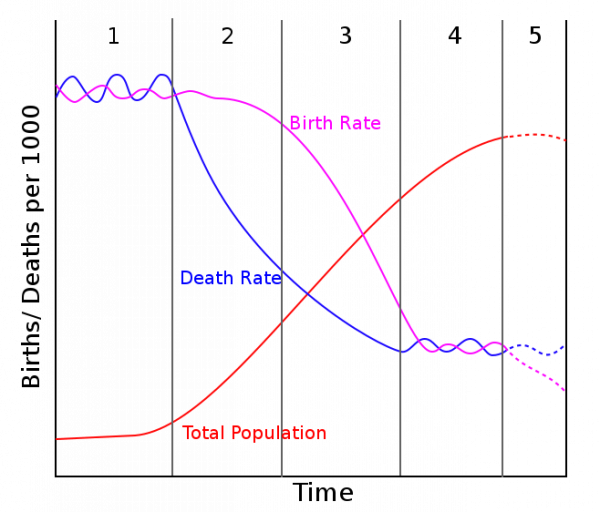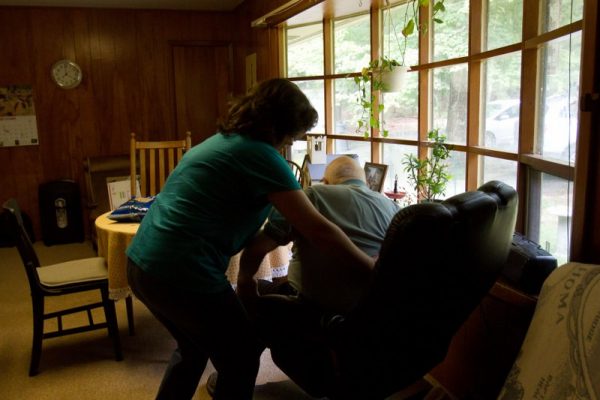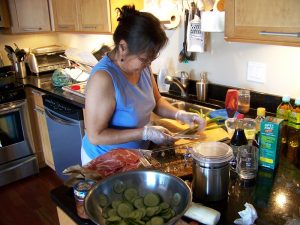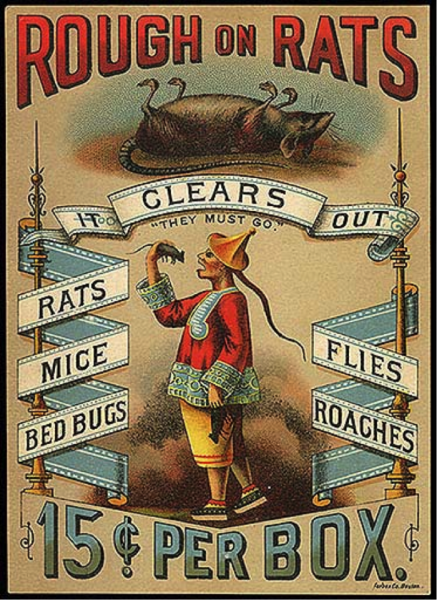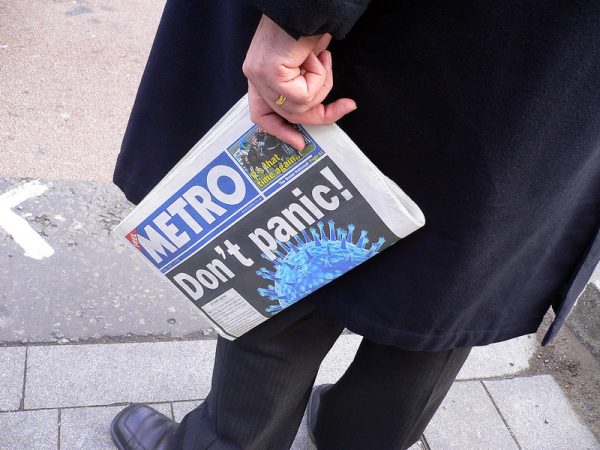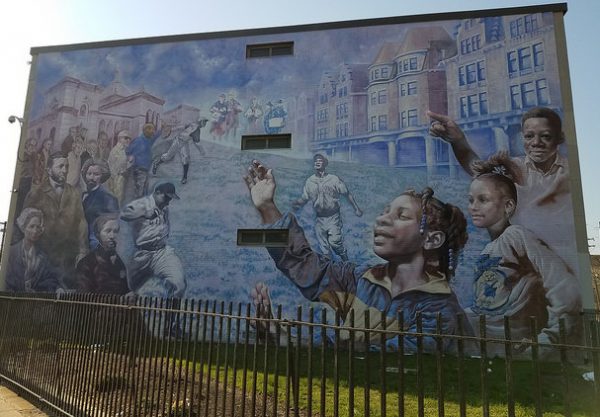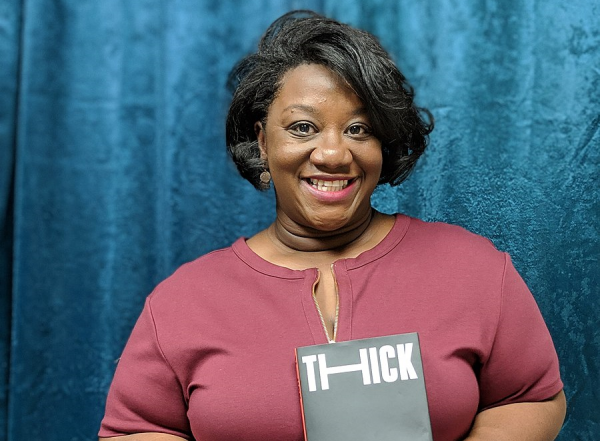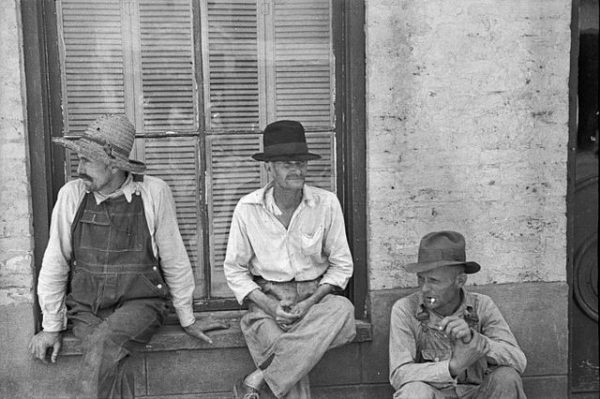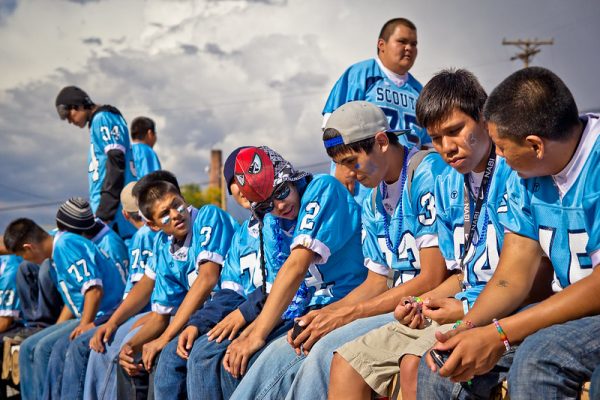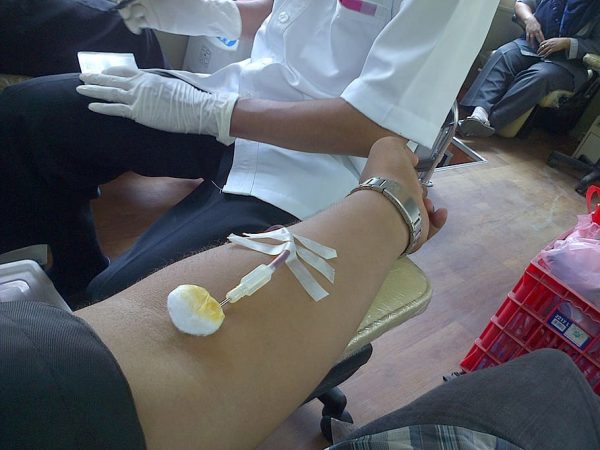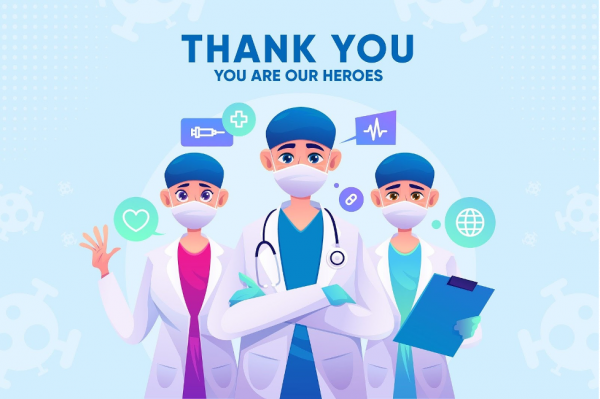
We have seen many things described as “unprecedented” as the year 2020 has steamrolled over many of us. Among them, the pandemic has given the world an unprecedented illustration of U.S. racial inequalities. For example, Black people are more likely to die from COVID-19 infections than are people in any other racial group, and this is true even after controlling for income, housing conditions, and underlying health conditions. Yet not all Americans are able to see the racial inequalities that have been unmasked.
Sociologist and race scholar Eduardo Bonilla-Silva insists that the key to understanding race and racism in the United States is understanding how colorblind ideals shape Americans’ thinking and public discourse. Examples of what Bonillia-Silva calls color-blind racism are phrases such as “We are all in this together” or “Covid is the great equalizer” because they serve to draw attention away from the racial disparities that are otherwise so persistent and pronounced.
Color-blind racism is named after the hypothetical White observer who says they “do not see color” while they, simultaneously, fail to see existing racial inequalities. In other words, colorblind framings mask deep, structural inequalities. People may feel like they are saying unifying things with these tropes, but this sort of “all in this together” messaging serves to hide the structural nature of racism.
Even more, colorblind racism tends to minimize racism itself and, when confronted with racial injustices, constructs and accepts elaborate race-based explanations for racial inequality. For example, within a color-blind racism frame, Latinx workers might be said to be paid less than White workers because they do not work as hard, are unreliable as workers, or are less qualified. And White workers are said to get more raises because they are smarter and work harder. With racial blinders on, anything that results from structural causes is explained by deficiency in the minoritized party, and coincidental superiority in the privileged party. This negates the structural origins of inequality and allows the status quo to continue.
- Eduardo Bonilla-Silva. 2017. Racism without Racists: Color-Blind Racism and the Persistence of Racial Inequality in America. 5th ed. Lanham, MD: Rowman & Littlefield.
- Ashley “Woody” Doane. 2017. “Beyond Color-Blindness: (Re)Theorizing Racial Ideology.” Sociological Perspectives 60(5):975–91.
In terms of the COVID-19 mortality rate, the sometimes spoken explanation (i.e. 1, 2, 3) is that Black people must be weak, prone to illness, or make unhealthy choices in general. That shift in focus, from talking about racial inequality in the mortality rate associated with a virus to, somehow, talking about Black people as deficient, weak, sick, and making poor choices, illustrates how color-blind racism is alive and well amidst this pandemic. Colorblind racism serves as a mask, preventing the public from seeing the structural causes of health disparities experienced by Black people and other people of color.
- Lawrence Bobo and Ryan Smith. 1997. “From Jim Crow Racism to Laissez-Faire Racism: An Essay on the Transformation of Racial Attitudes in America.” Pp.15–42 in Beyond Pluralism, edited by W. Katchin and A. Tyree. Urbana: University of Illinois Press.
- Eduardo Bonilla-Silva. 2020. “Color-Blind Racism in Pandemic Times.” Sociology of Race and Ethnicity July 2020:1-12.
- Karin Mack, Christopher M. Jones, and Michael F. Ballesteros. 2017. “Illicit Drug Use, Illicit Drug Use Disorders, and Drug Overdose Deaths in Metropolitan and Nonmetropolitan Areas—United States.” American Journal of Transplantation 66(19):1–12.
- Eduardo Bonilla-Silva. 1997. “Rethinking Racism: Toward a Structural Interpretation.” American Sociological Review 62(3):465–80.


